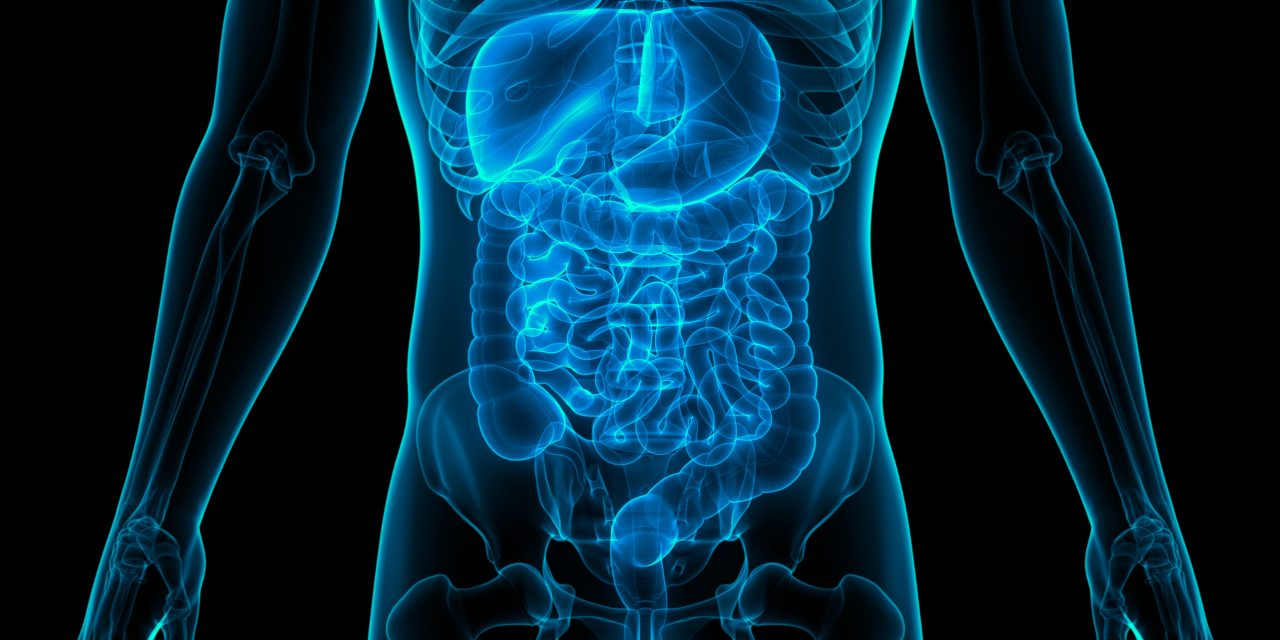The use of morphine is controversial due to the incidence of rewarding behavior, respiratory depression, and tolerance, leading to increased drug dose requirements, advancing to morphine addiction. To overcome these barriers, strategies have been taken to combine morphine with other analgesics. Neuropeptide B23 and neuropeptide W23 (NPB23 and NPW23) are commonly used to relieve inflammatory pain and neuropathic pain. As NPB23 and NPW23 system shares similar anatomical basis with opioid system at least in the spinal cord we hypothesized that NPB23 or NPW23 and morphine may synergistically relieve inflammatory pain and neuropathic pain. To test this hypothesis, we demonstrated that μ opioid receptor and NPBW1 receptor (receptor of NPB23 and NPW23) are colocalized in the superficial dorsal horn of the spinal cord. Secondly, co-administration of morphine witheitherNPB23 or NPW23 synergistically attenuated inflammatory and neuropathic pain. Furthermore, either NPB23 or NPW23 significantly reduced morphine-induced conditioned place preference (CPP) and constipation. We also found that phosphorylation of extracellular-regulated protein kinase (ERK1/2) following morphine was profoundly potentiated by the application of NPB23 or NPW23. Hence, combination of morphine with either NPB23 or NPW23 reduced dose of morphine required for pain relief in inflammatory and neuropathic pain, while effectively prevented some side-effects of morphine.Copyright © 2021. Published by Elsevier B.V.
The synergistic effects of Opioid and neuropeptide B/W in rat acute inflammatory and neuropathic pain models.


